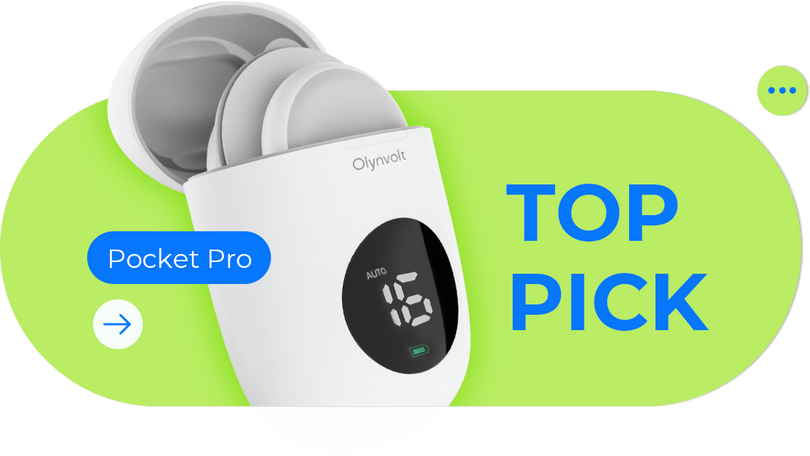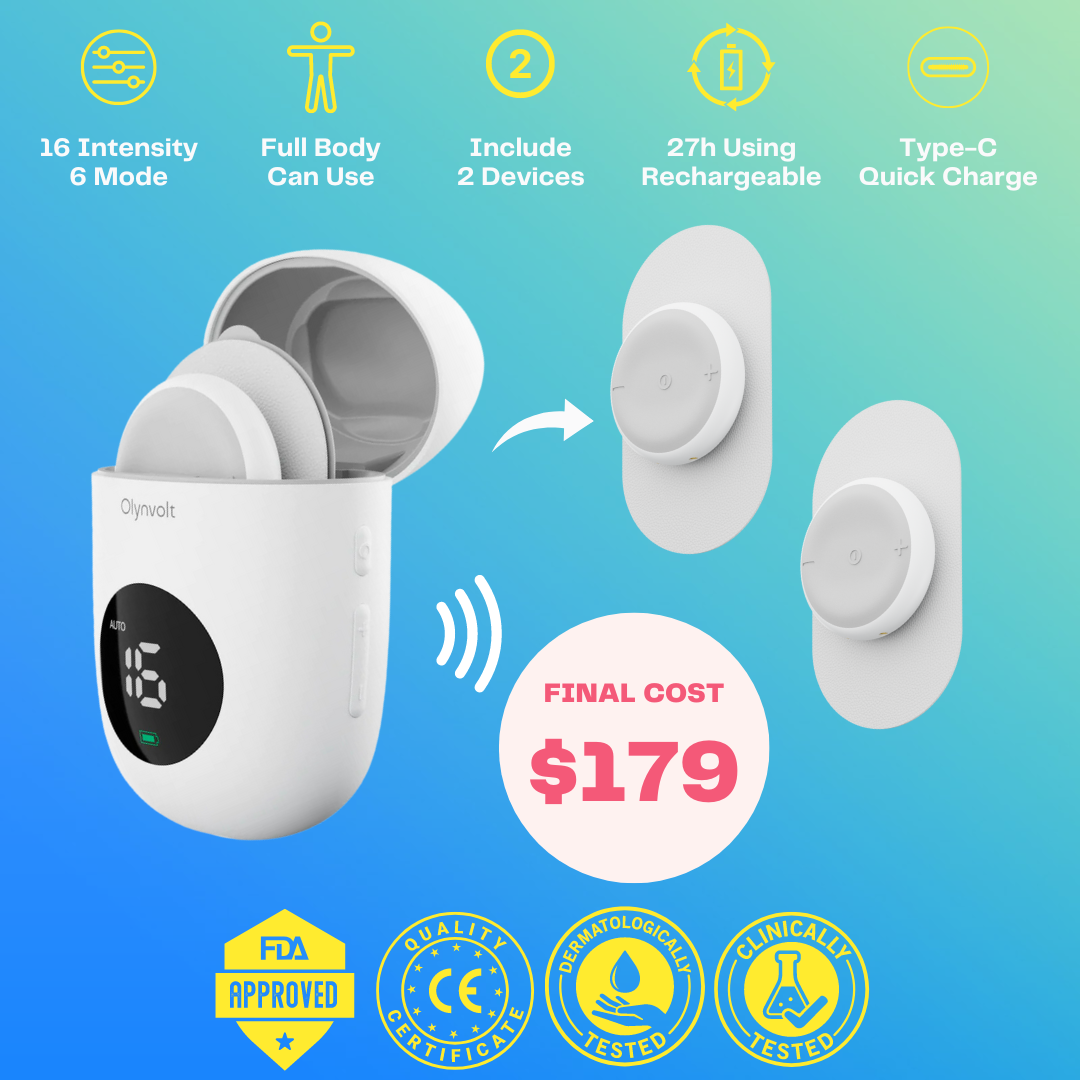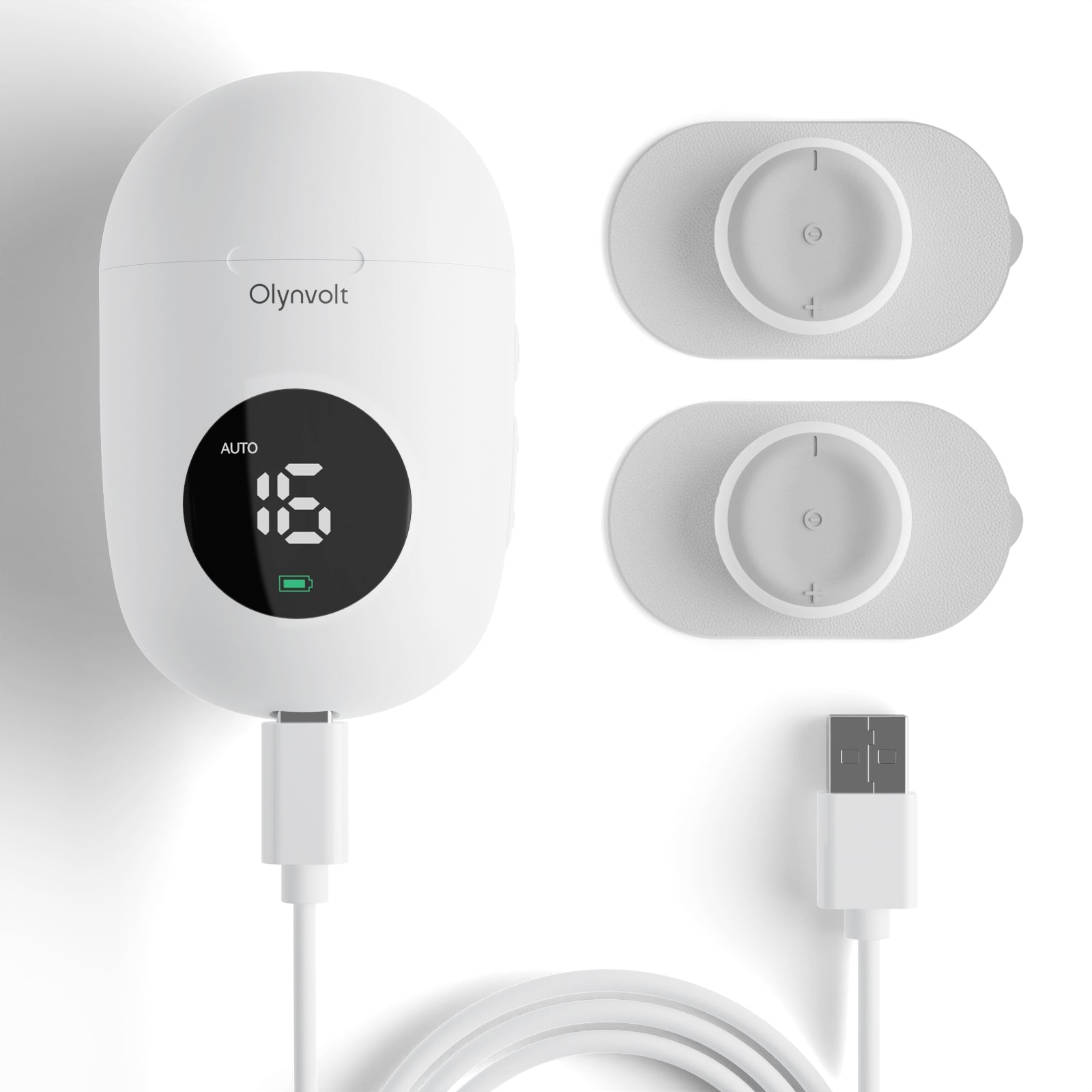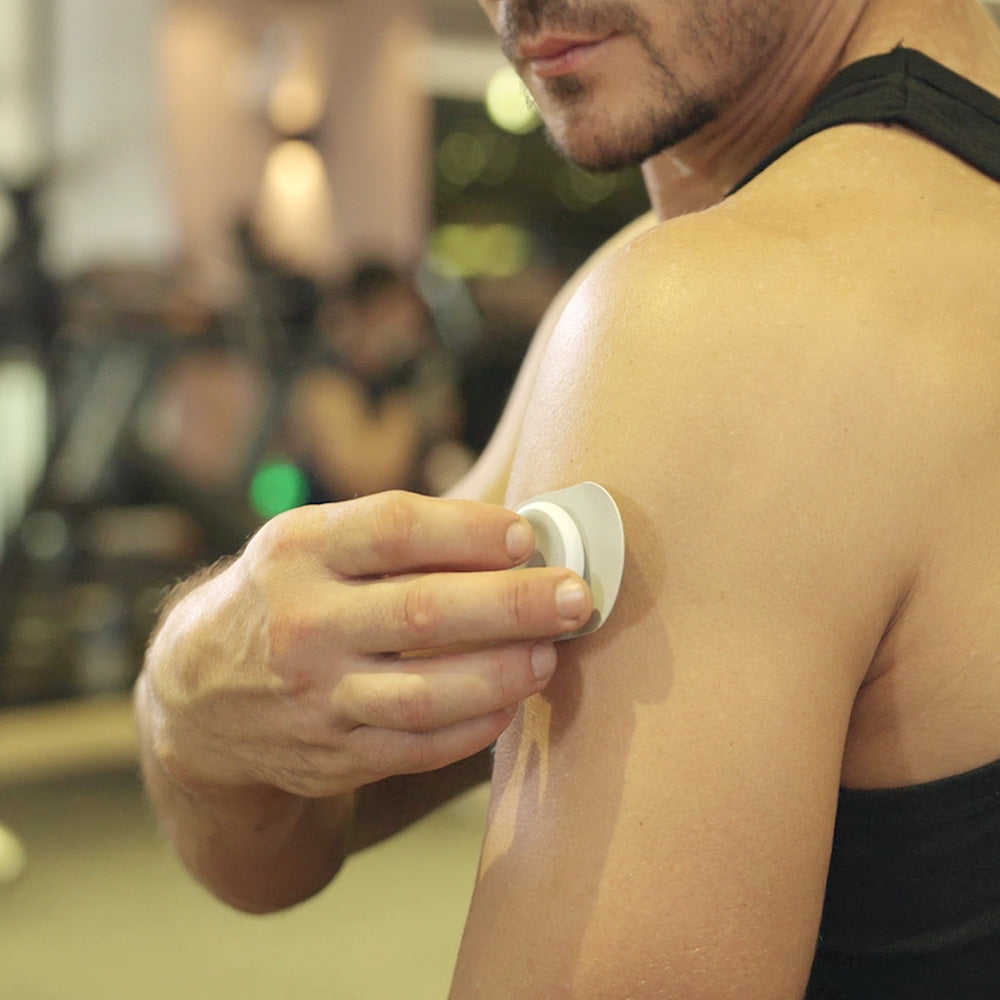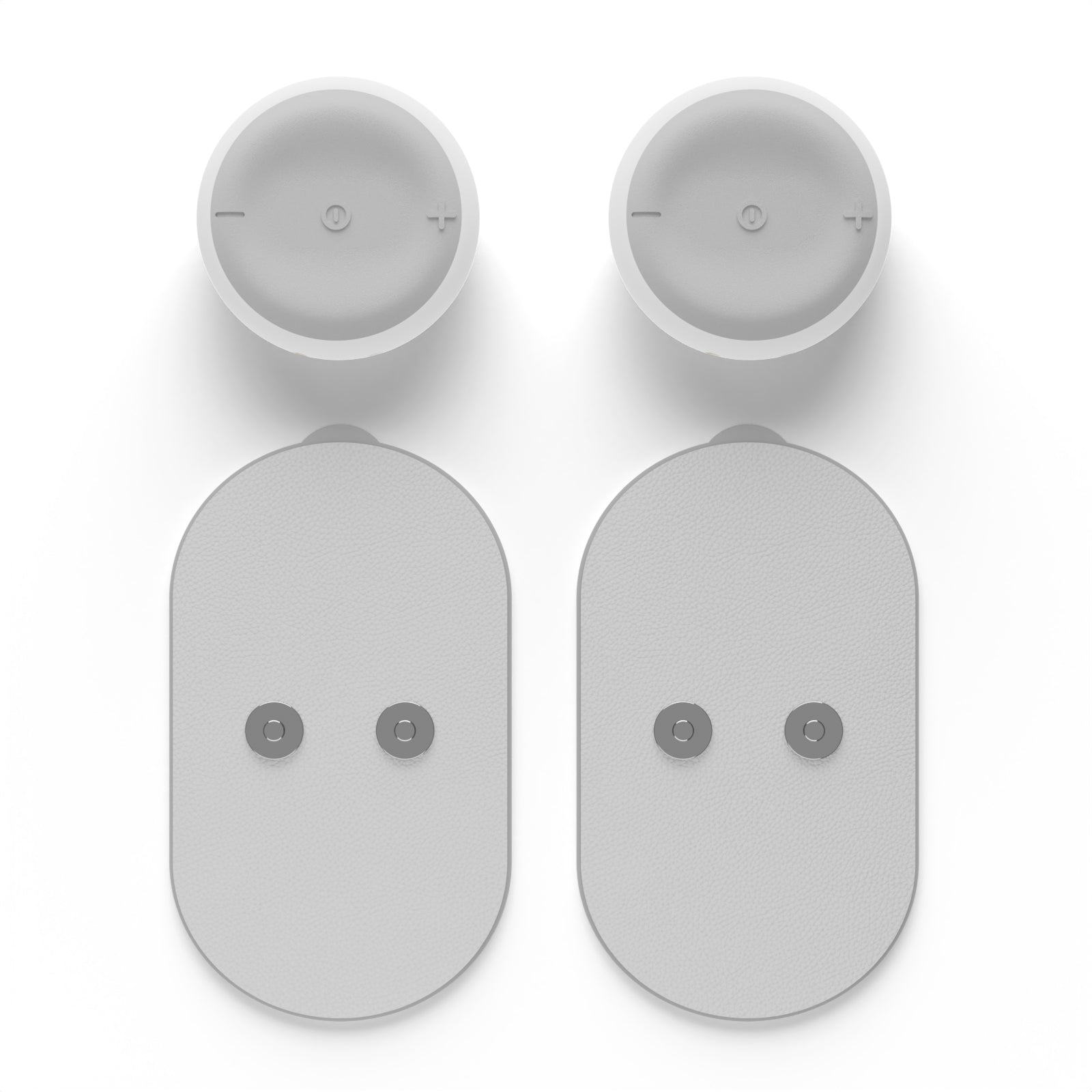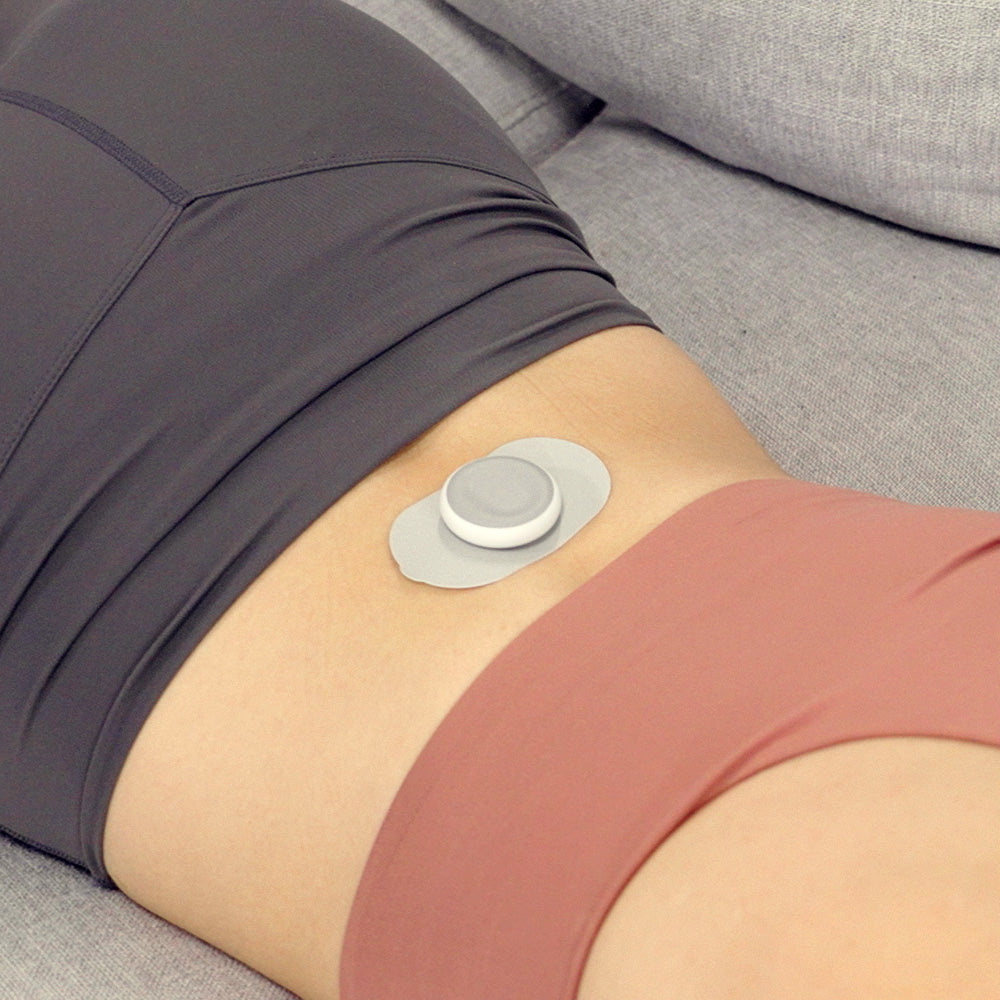Navigating Neuropathic Pain: A Comprehensive Guide to Treatment Options
Introduction: Neuropathic pain, stemming from dysfunction or damage to the nervous system, presents unique challenges in pain management. This article provides a comprehensive guide to understanding neuropathic pain and explores diverse treatment options aimed at enhancing the quality of life for individuals grappling with this complex condition.
Understanding Neuropathic Pain: Neuropathic pain arises from aberrations in the nervous system, manifesting as shooting, burning, or tingling sensations. Common conditions contributing to neuropathic pain include diabetic neuropathy, post-herpetic neuralgia, and peripheral neuropathy. To effectively manage neuropathic pain, a nuanced understanding of its origins is crucial.
Conventional Approaches:
-
Pharmacotherapy: Traditional medications such as anticonvulsants, antidepressants, and analgesics are often prescribed to alleviate neuropathic pain. These drugs target neurotransmitters and modulate pain signals, providing relief for some individuals.
-
Physical Therapy: Tailored exercises and physical therapy can enhance mobility, address muscle imbalances, and mitigate the impact of neuropathic pain on daily activities. Physical therapy aims to improve function and reduce pain through targeted interventions.
Innovative Techniques:
-
Transcutaneous Electrical Nerve Stimulation (TENS): TENS therapy involves the use of low-voltage electrical currents to interrupt pain signals and stimulate the release of endorphins. Portable TENS units, such as the Olynvolt Pocket Pro, offer on-the-go pain relief, making them a valuable addition to neuropathic pain management strategies.
-
Neuromodulation: Advanced techniques like spinal cord stimulation (SCS) and peripheral nerve stimulation (PNS) involve the implantation of devices that modulate nerve activity. These interventions aim to disrupt pain signals before they reach the brain, providing sustained relief for certain individuals.
Complementary and Lifestyle Approaches:
-
Acupuncture: Traditional Chinese medicine practices like acupuncture have shown promise in alleviating neuropathic pain. By stimulating specific points on the body, acupuncture may influence pain perception and promote overall well-being.
-
Diet and Lifestyle Modifications: Adopting an anti-inflammatory diet, managing stress, and incorporating regular exercise can contribute to neuropathic pain management. Lifestyle modifications play a crucial role in addressing underlying factors that exacerbate pain.
Challenges and Future Directions: Despite advancements, challenges persist in achieving optimal neuropathic pain management. Individual variability, treatment response, and the need for personalized approaches underscore the complex nature of this condition. Ongoing research and innovative therapies hold promise for refining neuropathic pain treatment strategies.
Conclusion: Navigating neuropathic pain requires a multi-faceted approach that considers the intricacies of individual experiences. From conventional pharmacotherapy to innovative techniques like TENS therapy and neuromodulation, a diverse toolkit exists to address neuropathic pain. By combining traditional and emerging approaches, individuals can tailor their pain management strategies to enhance their overall well-being.

